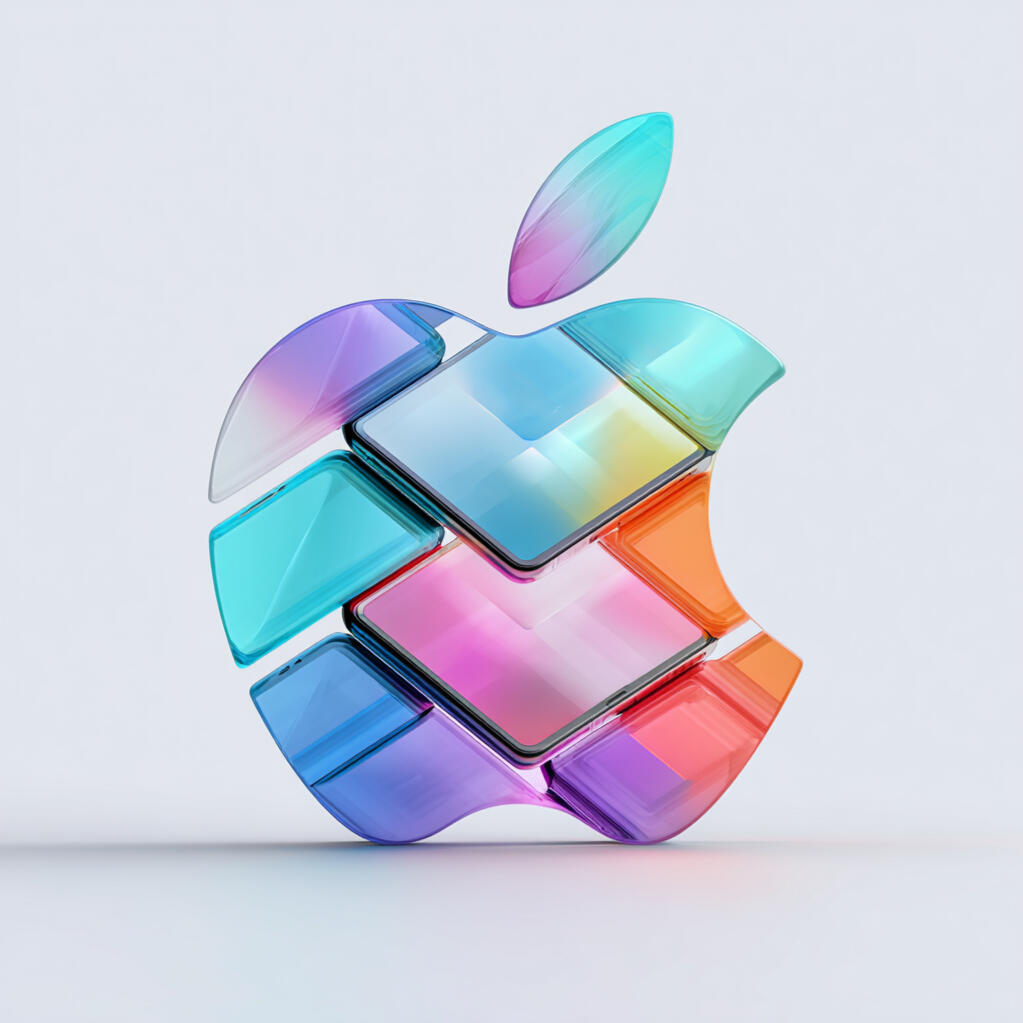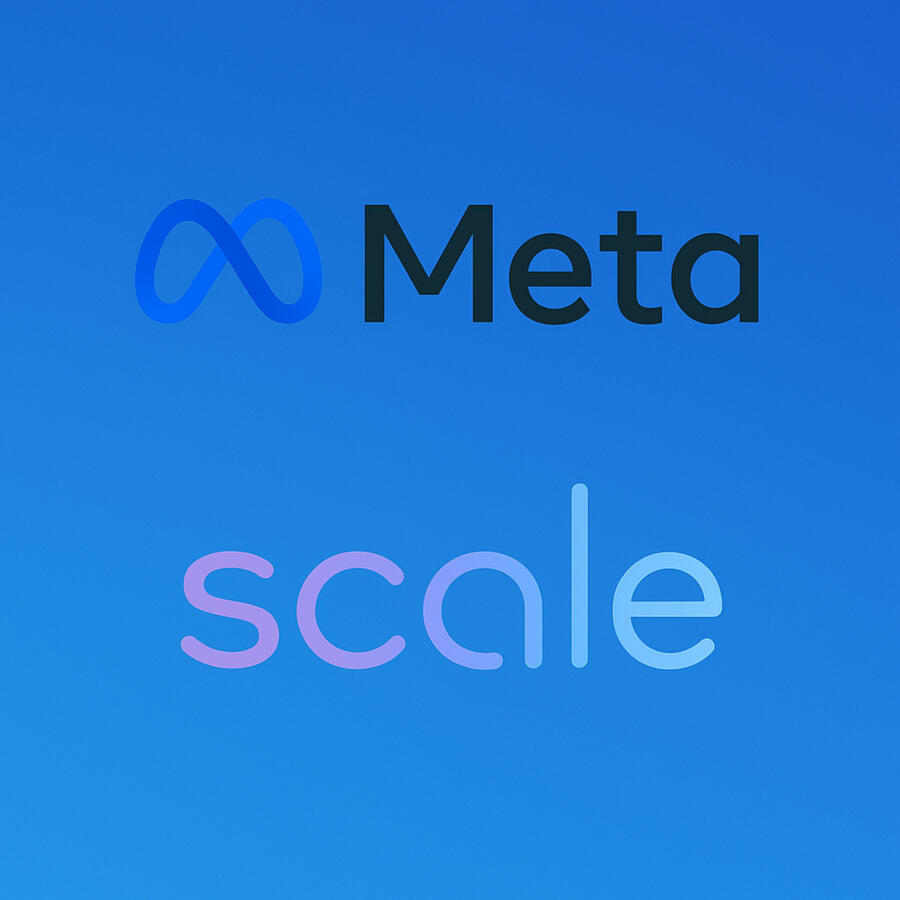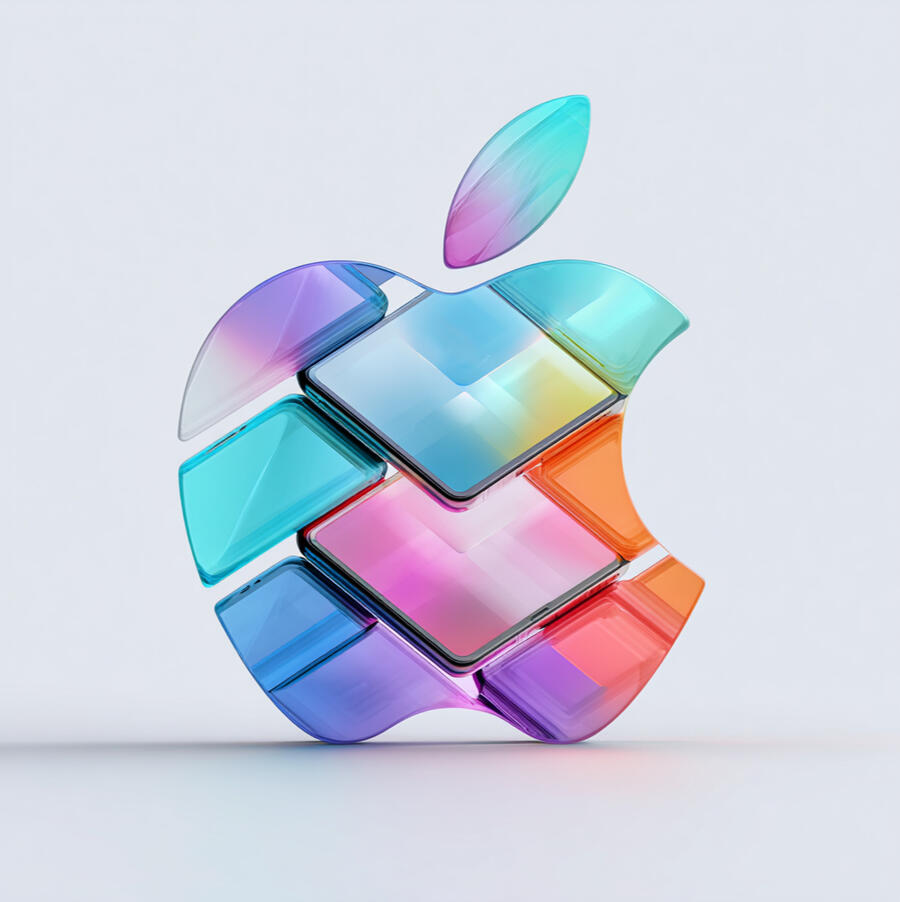
Mobile Mind Horizon Newsfeed
TOP 3 post in Technology
Meta’s $15B Bet on Scale AI to Fuel Its AGI Ambitions
July 6, 2025

Meta is investing nearly $15 billion for a 49% non-voting stake in Scale AI, valuing the data-labeling company at about $28–29 billion. The deal also includes a commitment for Meta to spend at least $450 million per year over five years on Scale’s data-labeling and evaluation services—locking in over half of its projected AI training budget. This massive outlay reflects Meta’s urgent need for vast amounts of high-quality, human-annotated data to train safer, more advanced AI models. By securing a strategic stake rather than buying Scale outright, Meta sidesteps antitrust scrutiny while still ensuring privileged access to Scale’s workforce, technology, and talent.The partnership is also designed to supercharge Meta’s ambitions in AGI (artificial general intelligence) by bringing Scale’s founder Alexandr Wang onboard to lead its new “Superintelligence Labs.” The deal has sent shockwaves through the industry, with rivals like Google and OpenAI scaling back work with Scale AI over neutrality concerns, while competitors such as Appen and Surge AI rush to fill the gap. Ultimately, this move underscores Meta’s aggressive strategy to catch up with OpenAI and Google by investing not just in computing power, but in the human and data infrastructure critical to making large AI models safer, faster, and more competitive.
watch the video about this topic below
Apple begins early iPhone foldable prototype development with a 2026 launch date in mind.
July 2, 2025

Apple started its first Prototype 1 (P1) phase in June, supply chain sources told DigiTimes. Before launching in the second half of 2026, the device should go through the Engineering Verification Test (EVT) stage after completing prototype testing by the end of 2025.
Before EVT, the P1 phase is followed by the P2 and P3 phases. It takes about two months for each stage of prototyping. Prior to transferring assembly duties to Foxconn and Pegatron, the main iPhone assemblers, Apple's supply chain partners carry out a few small test runs to ensure production yields and manufacturability.
With the P1 to P3 stages occurring approximately a year before Apple must begin EVT, Design Verification Test (DVT), and ultimately Mass Production (MP), the development status of the first foldable iPhone is now in line with the timeline of its other products. The second quarter of this year appears to have marked the end of the EVT phase for the iPhone 17 lineup.
watch the video about this topic below
The new CEO of Intel investigates a significant change in the chip manufacturing industry.
July 2, 2025

Intel’s new CEO, Lip-Bu Tan, is weighing a major shift in the company’s contract manufacturing strategy to win big customers, signaling a potential departure from his predecessor’s plans. According to sources, Tan is considering halting the marketing of Intel’s costly 18A chipmaking process to external clients, a move that could mean taking massive write-offs amounting to hundreds of millions or even billions of dollars. Since taking over in March, Tan has pushed to cut costs and chart a new path for the struggling U.S. chipmaker, citing waning customer interest in 18A and delays compared to rival TSMC’s more advanced technology. Instead, he’s eyeing Intel’s next-generation 14A process as a more competitive alternative, targeting major clients like Apple and Nvidia while reshaping Intel’s foundry business to better align with market demands.While Intel will continue producing 18A for its own chips and for existing commitments to clients like Amazon and Microsoft, the board is expected to debate whether to stop pursuing new external sales of 18A later this year. Tan has also been overhauling Intel’s leadership, cutting middle management, and recruiting new engineering talent in a broader effort to regain its manufacturing edge after years of falling behind on critical technology waves like mobile computing and AI. Despite the risks and potential costs of pivoting away from 18A, Tan’s strategy reflects a bet that focusing on 14A—and delivering a more competitive, customer-focused manufacturing process—could help restore Intel’s position as a leader in the semiconductor industry.
watch the video about this topic below


